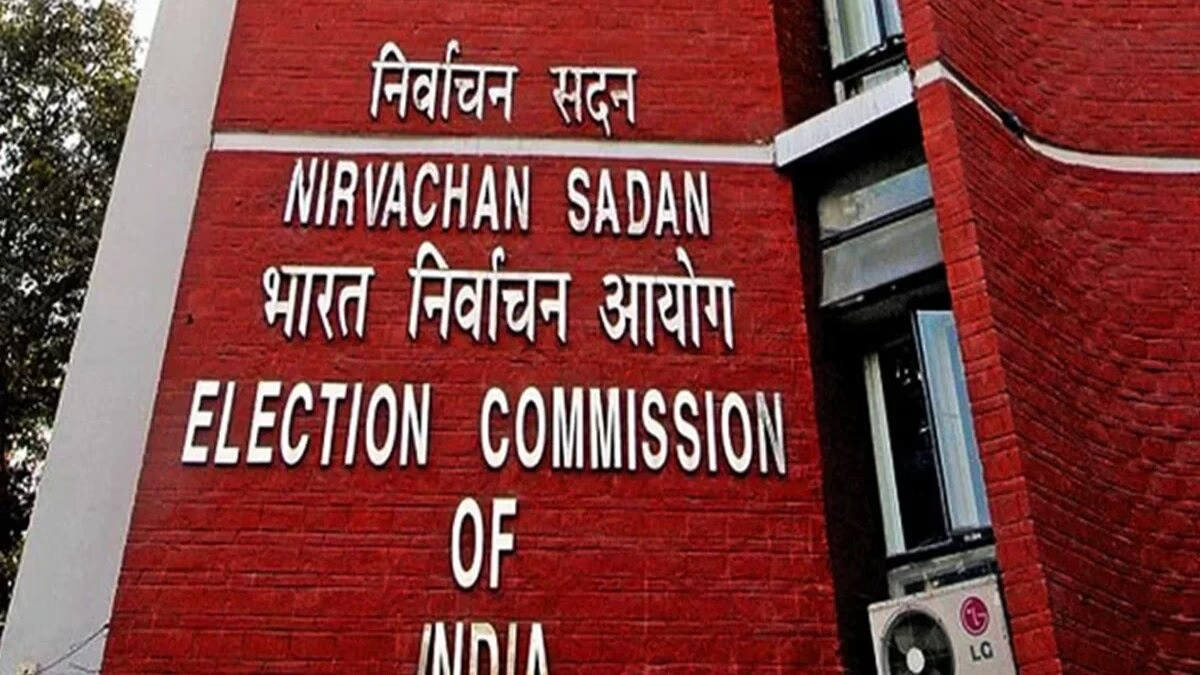India's largest insurance provider, Life Insurance Corporation of India (LIC), has designed plans beneficial for everyone, from children to the elderly, channeling small savings into significant funds. One such incredible policy is the LIC Jeevan Pragati, which allows you to accumulate up to 28 lakhs by saving just 200 rupees daily. If you're planning to purchase a policy, Jeevan Pragati could be an ideal option for you. Let's delve deeper into the investment methods and benefits of this scheme...
Eligibility from ages 12-45
Investing in the LIC Jeevan Pragati Plan comes with multiple advantages. Not only can you amass a fund of 28 lakhs with a daily saving of 200 rupees, but you also receive a risk cover. The minimum age to invest in this scheme is 12 years, while the maximum is 45 years.
Building a 28-lakh fund
By choosing this special Jeevan Pragati policy, investors gain excellent returns and lifelong security. Considering the mathematics of the accumulating fund, a policyholder investing 200 rupees daily leads to a monthly investment of 6000 rupees. Annually, this amounts to 72,000 rupees. Over 20 years, your total investment reaches 14,40,000 rupees. Including all benefits, you could receive a fund close to 28 lakhs.
Increasing risk cover every five years
A distinctive feature of the LIC Jeevan Pragati Plan is that the risk cover for investors increases every five years. Meaning, the sum assured grows incrementally over this period. In the case of death benefits, the insurance sum, simple reversionary bonuses, and the final bonus are amalgamated and paid out in one go following the policyholder's demise.
How does coverage increase?
The term of the Jeevan Pragati policy ranges from a minimum of 12 years to a maximum of 20 years. It's available to individuals aged between 12 and 45. Premium payments can be made quarterly, half-yearly, or annually. The minimum sum assured is 1.5 lakh rupees, with no maximum limit set. For instance, if someone purchases a policy of 2 lakh rupees, the death benefit for the first five years remains standard. Afterwards, from the sixth to the tenth year, coverage increases to 2.5 lakhs. From the tenth to the fifteenth year, coverage rises to 3 lakhs, and it continues to grow this way throughout the policy term.




